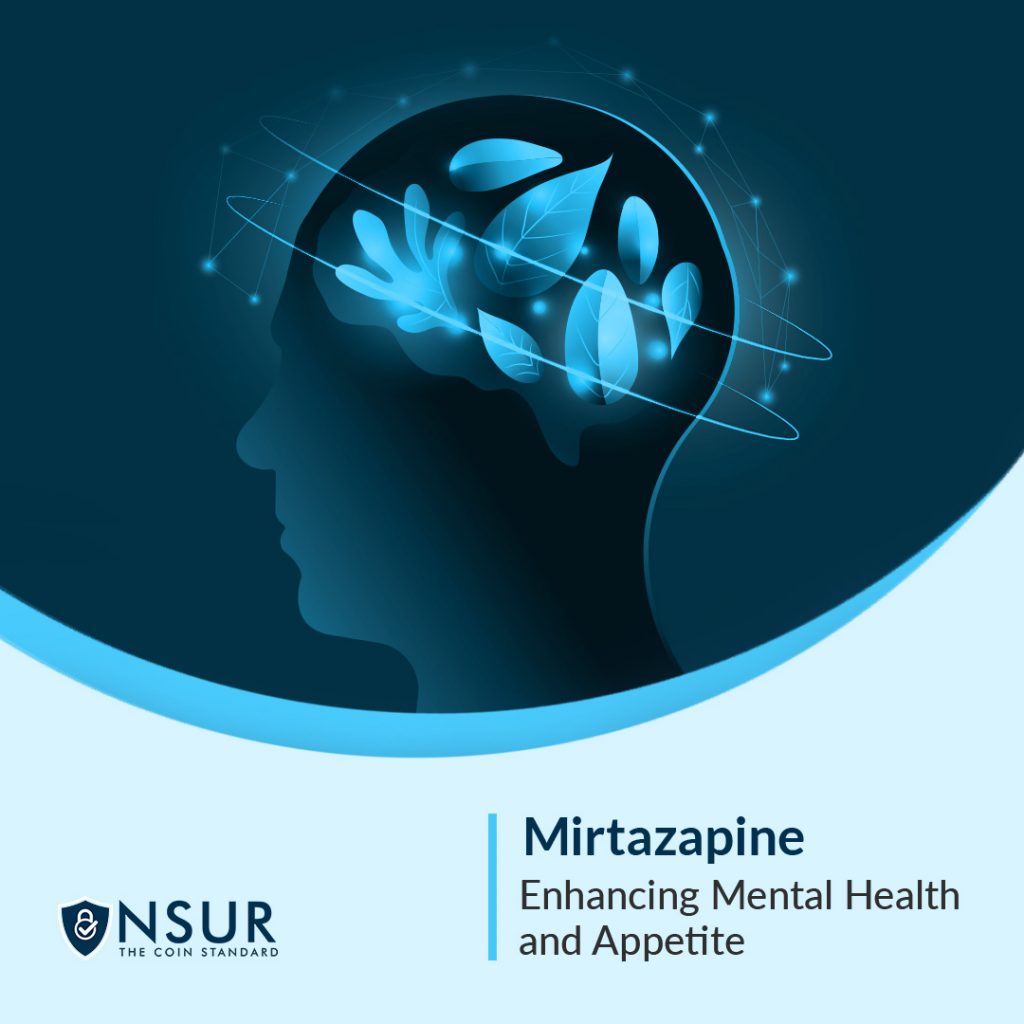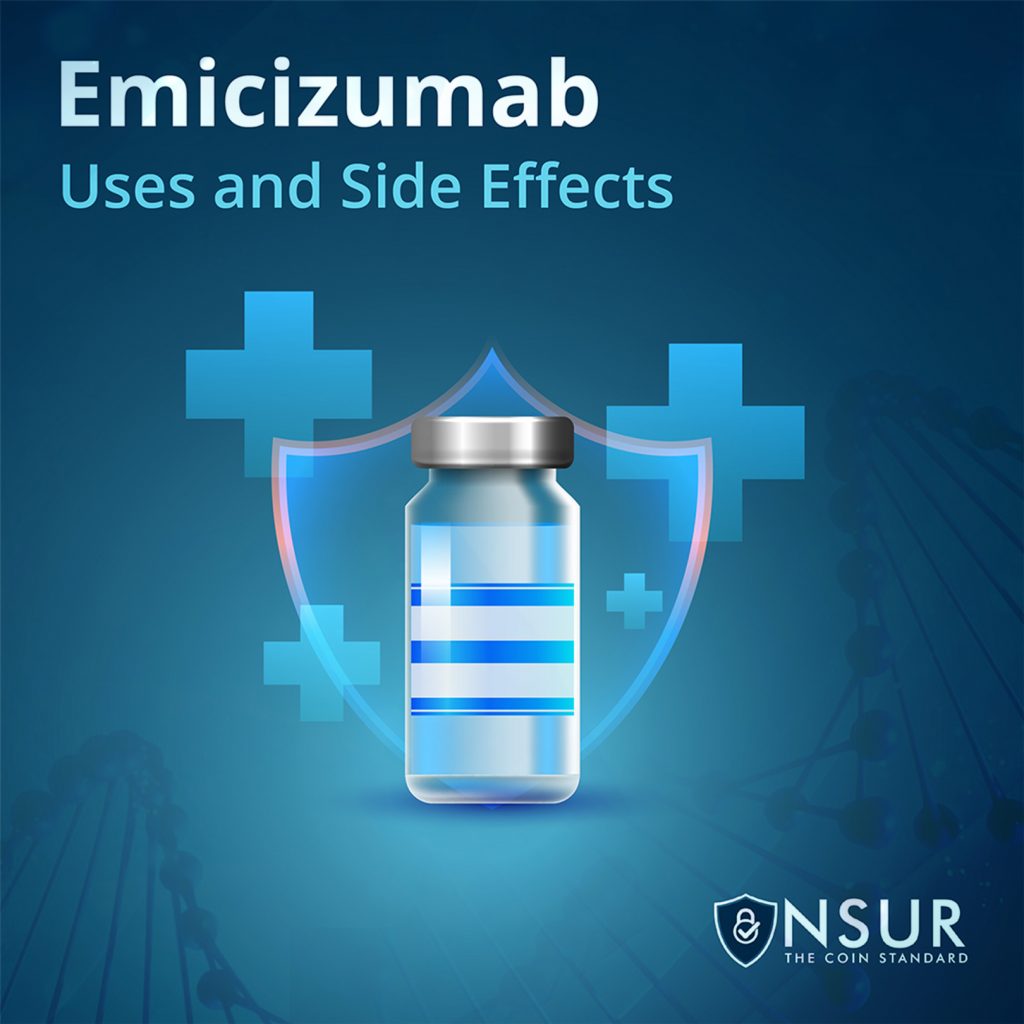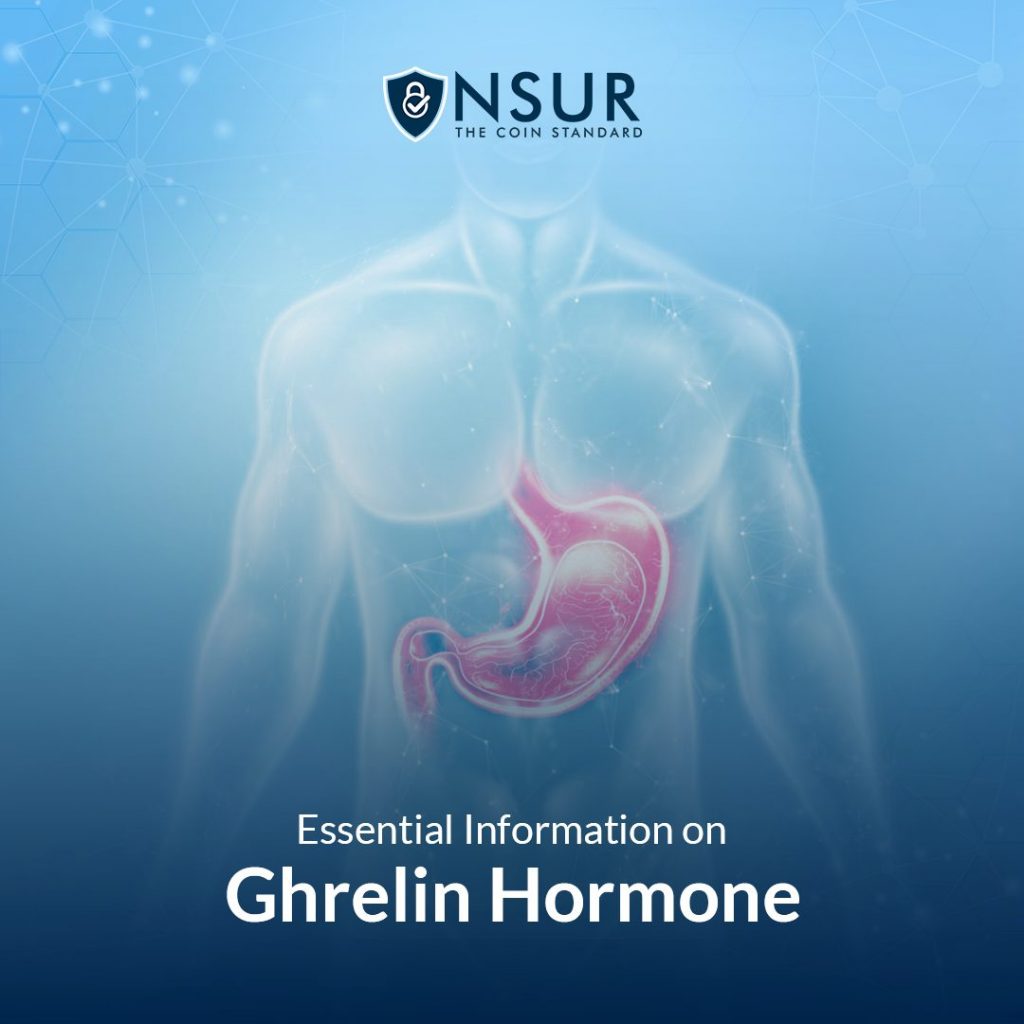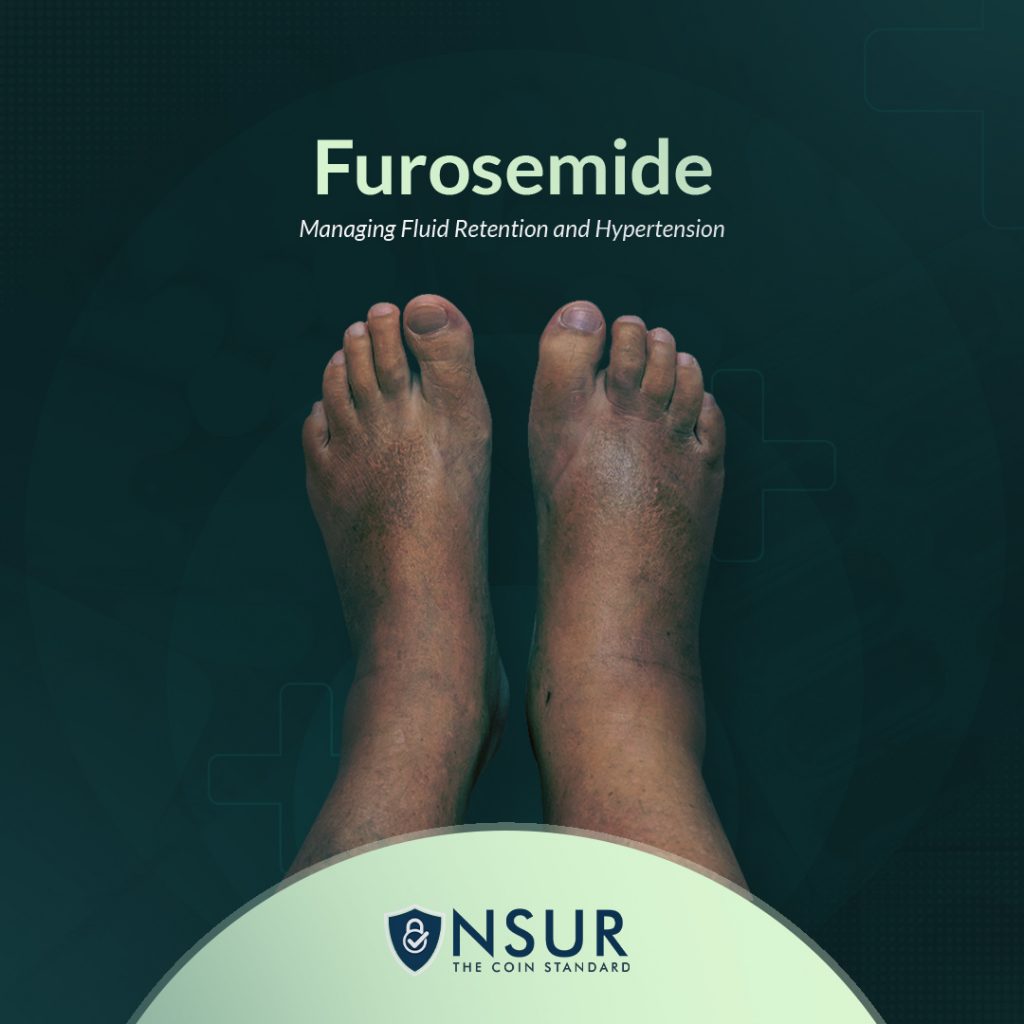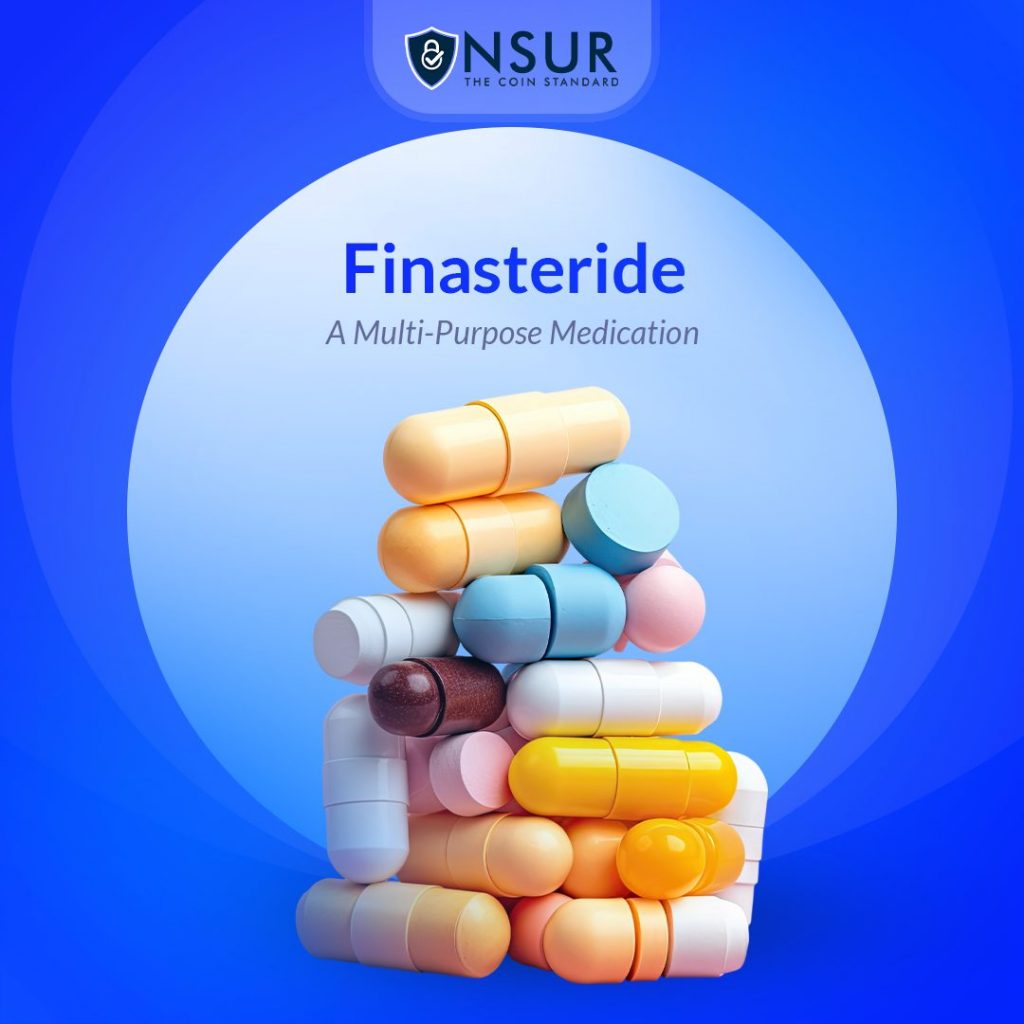
When the topic of hair loss or an enlarged prostate comes up, one name often pops into the conversation: Finasteride. Originally introduced in the market for prostate enlargement, its hair growth side-effect led to it becoming one of the prominent medications in the battle against male pattern baldness. Let’s dive into the multifaceted world of Finasteride and its range of applications.
1. A Brief Introduction
Finasteride is a synthetic drug that acts as a 5α-reductase inhibitor1. In simple terms, it prevents the conversion of testosterone to dihydrotestosterone (DHT). By doing so, it addresses conditions fueled by DHT, including benign prostatic hyperplasia (BPH) and androgenic alopecia (male pattern hair loss).
2. Tackling Benign Prostatic Hyperplasia (BPH)
Men with BPH experience an enlarged prostate which can lead to uncomfortable urinary symptoms, from frequent urination to the inability to empty the bladder. The primary goal of Finasteride when treating BPH is to reduce the size of the prostate gland, alleviating these symptoms2. A study has shown significant improvement in urinary tract symptoms in men taking Finasteride for BPH.
3. Addressing Male Pattern Baldness
It was during the clinical trials for BPH that researchers noticed a curious side effect – hair growth3. Capitalizing on this, a lower-dose version was introduced to treat male pattern baldness. Men across the world have reported varying degrees of success with the drug, from slight hair regrowth to a significant reduction in hair thinning.
4. Safety and Side Effects
Like all medications, Finasteride is not without its side effects. While most are mild and reversible, it’s important to be informed. Common side effects include a decrease in libido, erectile dysfunction, and a decrease in semen volume4. Rare side effects might also include breast tenderness or enlargement. As with any drug, it’s paramount to consult with a healthcare professional before starting treatment.
5. The Debate: Is it worth it?
There’s no one-size-fits-all answer here. For some, the benefits of hair regrowth or a reduction in urinary symptoms greatly outweigh the potential side effects. For others, the opposite might be true. It’s essential to weigh the potential pros and cons, ideally with a healthcare professional’s guidance.
Take advantage of NSURx for your prescription drugs!
With the NSURx Prescription Benefit Card, you can save money on your medications at more than 35,000 pharmacies across the United States.
You can save up to 80% on your medication by using an NSURx card. Hundreds of dollars in savings could be yours every time you fill out your prescription.
The more you shop with NSURx, the more NSUR Coins you will receive as a reward.
6. Conclusion
Finasteride’s dual use for both BPH and hair loss makes it a unique and valuable medication in the medical world. As with all treatments, the key is understanding its benefits, risks, and determining if it’s the right choice for you. Whether you’re considering it for hair regrowth or to alleviate urinary symptoms, ensure you are well-informed and have consulted with a healthcare expert.
- NIH: 5α-Reductase Inhibition ↩
- Mayo Clinic: Benign Prostatic Hyperplasia (BPH) ↩
- Harvard Health: Treating Male Pattern Baldness ↩
- Medscape: Finasteride Side Effects ↩
Disclaimer
This blog post is intended for informational purposes only and should not be considered a substitute for professional medical advice. Always consult with a qualified healthcare provider for personalized recommendations and guidance.
